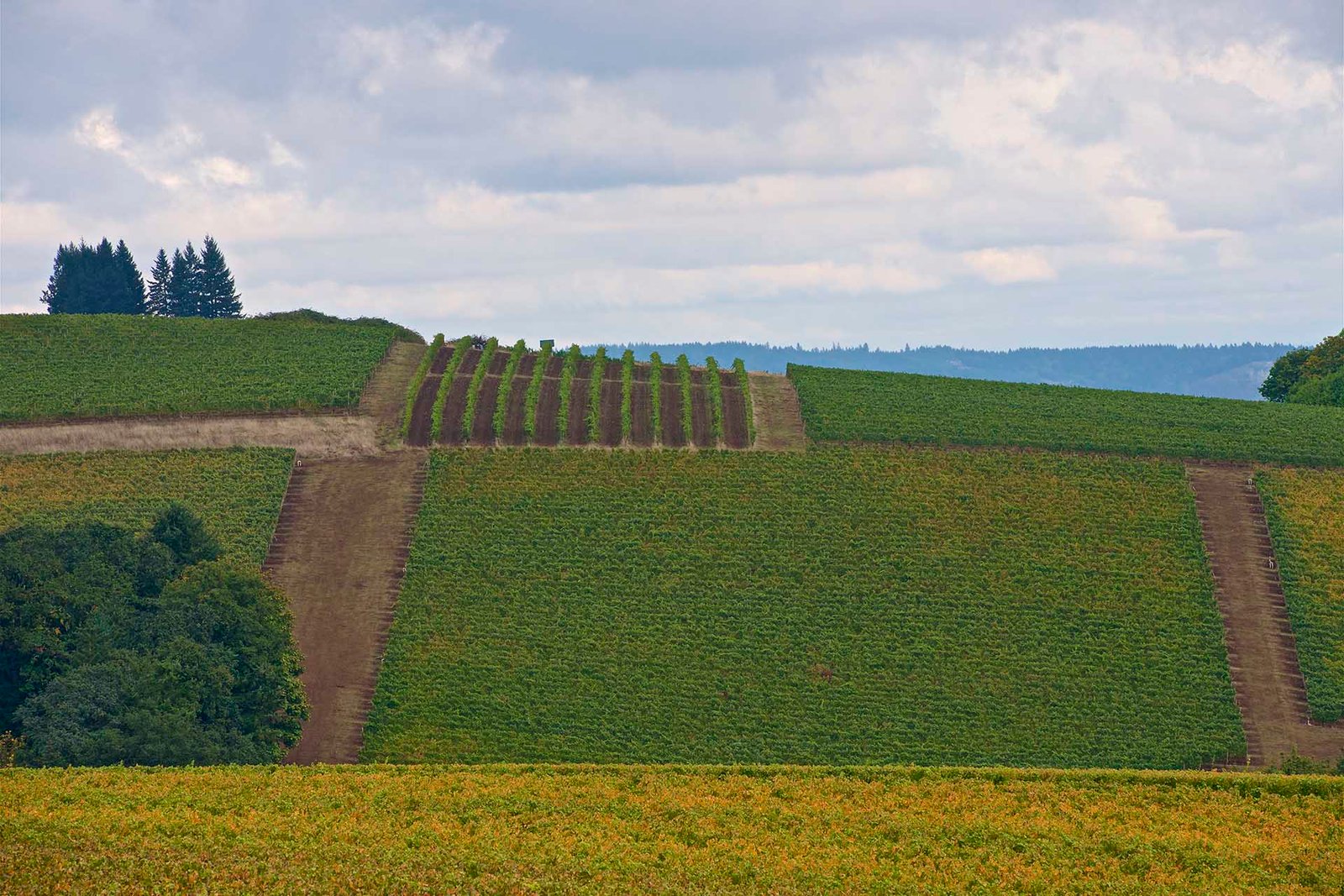There are More Mergers and Acquisitions in Wine than Ever Before. Here’s Why.

[ad_1]
In recent years, mergers and acquisitions in the wine industry have become increasingly common. During the latter half of 2020 through 2021, however, things progressed to a whole new level.
“2020, ‘21 was probably the greatest year for M&A [mergers and acquisitions] that we’ve ever seen,” says Rob McMillan, executive vice president Silicon Valley Bank (SVB), and founder of its wine division.
Deals included the private equity firm Sycamore Partners’ acquisition of Washington’s Ste Michelle Wine Estates for $1.2B, E. & J. Gallo Winery and Constellation exchanging brands for an estimated $810M, and Duckhorn and Vintage Wine Estates both holding public offerings.
Some of this flurry of activity is linked to the pandemic. At its onset, in March 2020, U.S. investors initially paused to figure out what it might mean for the industry.
“Every deal we were working on stopped,” says Erik McLaughlin at Metis, an M&A firm that specializes in Pacific Northwest wineries and vineyards.
In that same month, the Federal Reserve lowered interest rates to zero, priming the pump for favorable conditions. As the year progressed, and it became clear many wineries would remain solvent or even grow stronger due to increased domestic sales, deals that had been paused were restarted, and new ones emerged. Many private equity firms also found themselves flush with capital, or what Kevin O’Brien at the M&A firm Zepponi & Company says is referred to as “dry powder.”
“It’s committed capital that has yet to be deployed, so they’re looking for opportunities to deploy that capital,” he says. For example, a private equity firm might have several hundred million dollars they are committed to investing that year; they then seek out the right investments. O’Brien, McMillan and McLaughlin spoke about the current M&A environment at last month’s Oregon Wine Symposium and in subsequent interviews.
While deals have occurred in wine regions up and down the west coast, recent interest has centered around Oregon, and more specifically Willamette Valley. That trend continues, with recent deals including Bollinger’s 2021 purchase of Ponzi Vineyards and Rocco Winery’s sale to Italy’s Santa Margherita earlier this year.

Reasons for the focus on Oregon are manifold. Willamette Valley Pinot Noir has grown into an increasingly strong category, and the state’s wineries offer buyers good value compared to other areas of the U.S. Market. According to SVB, more than 95% of Oregon’s offerings are priced $20 or above, right where consumers are buying at present.
“Everything under $11 is dropping precipitously, and everything above that is doing well, and the higher up you go, the better it gets,” says McMillan. Oregon wine also showed the largest volume growth in the U.S. in direct to consumer shipments in 2021 and came in a close second to Napa Valley in dollar growth, according to SVB.
“Oregon has been kind of the new thing for a very long time, and it’s still a new thing,” says McMillan. “It’s kind of square in the center of the right place to be.”
In Oregon, buyers and potential buyers have been a mixture of large wine companies looking to make strategic acquisitions, private equity firms, high net worth individuals and others. These buyers have different objectives and therefore look at different types of wineries.
“It makes for a pretty dynamic market,” says McLaughlin. The Santa Margherita deal in particular marks a new development for Oregon’s industry, he says, with numerous other international companies interested in the state.
“French wineries have been investing in Oregon for decades, but now it’s not all about Burgundy and Oregon and kind of this brotherhood of Pinot Noir,” he says. “It’s something bigger than that.”
While Oregon is no doubt having a moment on the M&A market, McLaughlin notes that there are some impediments to future deals. Large wine companies are typically looking for mid- to larger-sized wineries that they can acquire and plug into their sales and distribution system. However, few of those wineries exist in Oregon, where over 90% of producers make less than 50,000 cases of wine per year, according to SVB.
“There’s a mismatch between what’s available to be acquired and what people want to acquire,” says McLaughlin.
He believes some potential buyers have adjusted their expectations accordingly, purchasing smaller wineries that they hope to scale up. Others focus more on the dollar value of the direct-to-consumer business that many smaller producers in regions like Willamette Valley excel at.
However, the lack of many mid- to larger-sized wineries has kept some major players on the sidelines, though for how long remains uncertain. Wine giants like Gallo, Constellation and The Wine Group all currently lack representation in Oregon, O’Brien says. “That’s not insignificant.”
“There’s a mismatch between what’s available to be acquired and what people want to acquire.” —Erik McLaughlin, Metis
Still, interest in Oregon remains exceptionally high. It is even starting to have a carryover effect on nearby Washington.
“Ten years ago, Oregon was what was next,” says McLaughlin. “Now people are like ‘Okay, Oregon’s arrived. Now what’s next?’ And it definitely is Washington.”
Of course, markets are notoriously cyclical. How long the current boom might last is anyone’s guess, though both O’Brien and McLaughlin say their 2022 pipeline is strong.
“We don’t know how long we’re going to be in a cycle, how extreme we’re going to be in that phase of a cycle or when it will change,” says McLaughlin. “But we’re definitely in a very high activity cycle—the highest we’ve seen.”
[ad_2]




